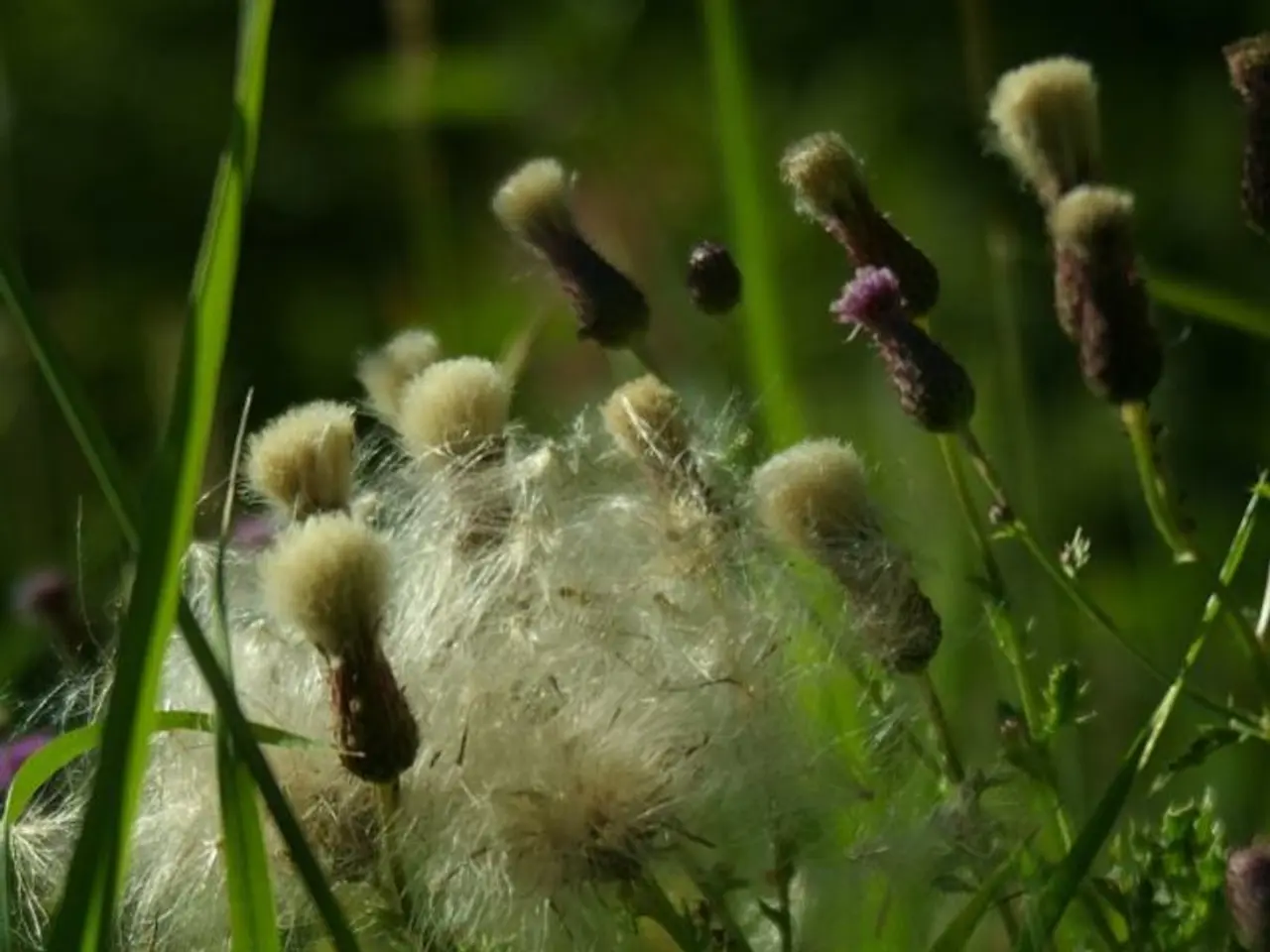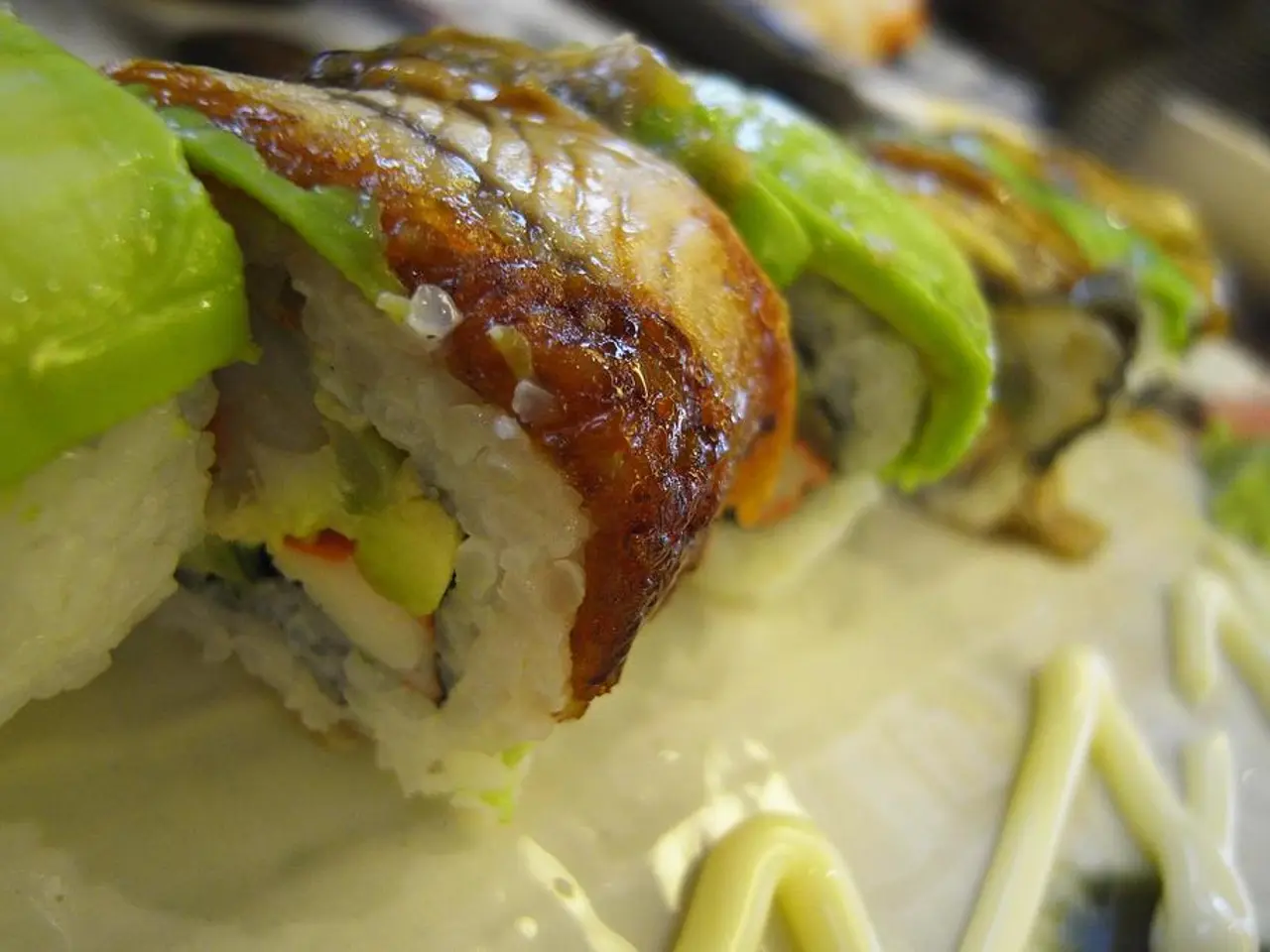Catastrophic Consequences of Nuclear War Underestimated
In a world where nuclear warfare is a common theme in science fiction, a new study published in Environmental Research Letters sheds light on the potential devastating impact such a scenario could have on our real-world food security, specifically focusing on the world's most produced grain crop – corn.
The research, which considered 38,572 locations for corn production across six different nuclear war scenarios, paints a grim picture. Nuclear winter, a hypothetical climate scenario following a large-scale nuclear war, could result in a drop in global temperatures that could last for over a decade.
This nuclear winter effect is caused by massive firestorms resulting from nuclear detonations, injecting millions of tons of soot into the upper atmosphere, forming a dense layer that blocks sunlight and cools the Earth. This cooling would reduce photosynthesis, shorten growing seasons, and expose crops like corn to damaging UV-B radiation peaks expected 6–8 years post-conflict.
Simulations show that even a limited regional nuclear conflict could cut global corn yields by about 7%, while a major nuclear war might cause up to an 87% drop in corn production. This collapse is driven by soot blocking sunlight, cooling temperatures, and increased UV-B radiation resulting from ozone depletion, all of which harm crop growth and yields.
The consequence of such drops in corn production extends beyond immediate crop failure, with simulations warning of cascading crises including supply chain breakdown, widespread famine, and civil unrest. Recovery from these climatic effects would take nearly a decade or more, with persistent stresses on ecosystems and global food systems.
However, these simulations offer crucial foresight and pathways for adaptive strategies to improve resilience against such unprecedented environmental disasters. Advanced agroecosystem models like the Cycles model from Penn State University provide detailed insights into the magnitude of impacts under varying soot injection scenarios, the timeline of environmental stressors like temperature drops and UV radiation increases, crop-specific vulnerabilities and potential yield changes globally, and adaptation strategies such as shifting planting calendars, deploying short-season or UV-resistant crop varieties, and improving nutrient management.
By projecting scenarios and testing adaptive responses, these models help policymakers, agricultural planners, and humanitarian agencies anticipate food supply shocks, design resilient agricultural systems, and develop emergency preparedness plans to mitigate famine risks in the aftermath of nuclear conflict.
In the face of such threats, preparing for natural disasters, such as severe volcanic activity, is within our control. However, a self-inflicted environmental catastrophe and global-scale famine due to nuclear war is another story. The best approach to preventing the devastating effects of nuclear winter, according to the scientists, is to avoid it.
In conclusion, the study serves as an early precursor to a more refined, effective response plan for potential disasters, including nuclear war and severe volcanic activity. It underscores the importance of investing in agricultural resilience kits containing seeds for crops that can grow under cooler conditions to sustain food production during unstable years following a nuclear war or severe volcanic activity. The stakes are high, and the need for proactive action is urgent.
- The potential impact of nuclear warfare on our future food security, specifically in relation to the world's most produced grain crop – corn – has been highlighted by a study published in Environmental Research Letters.
- The research, which incorporated 38,572 locations for corn production across six different nuclear war scenarios, suggests that a nuclear winter effect could lead to a drop in global temperatures that could last for over a decade.
- Advanced agroecosystem models, like the Cycles model from Penn State University, offer crucial foresight and pathways for adaptive strategies to improve resilience against such environmental disasters, providing insights into the magnitude of impacts, crop-specific vulnerabilities, and potential yield changes globally.
- By projecting scenarios and testing adaptive responses, these models help policymakers, agricultural planners, and humanitarian agencies anticipate food supply shocks, design resilient agricultural systems, and develop emergency preparedness plans to mitigate famine risks in the aftermath of nuclear conflict.
- The study emphasizes the need for investing in agricultural resilience kits containing seeds for crops that can grow under cooler conditions to sustain food production during unstable years following a nuclear war or severe volcanic activity.
- The best approach to preventing the devastating effects of nuclear winter, according to the scientists, is to avoid it, highlighting the urgent need for proactive action in the realm of environmental science, health-and-wellness, lifestyle, nutrition, food-and-drink, and earth and climate science to ensure a sustainable future for the Earther on Gizmodo.




